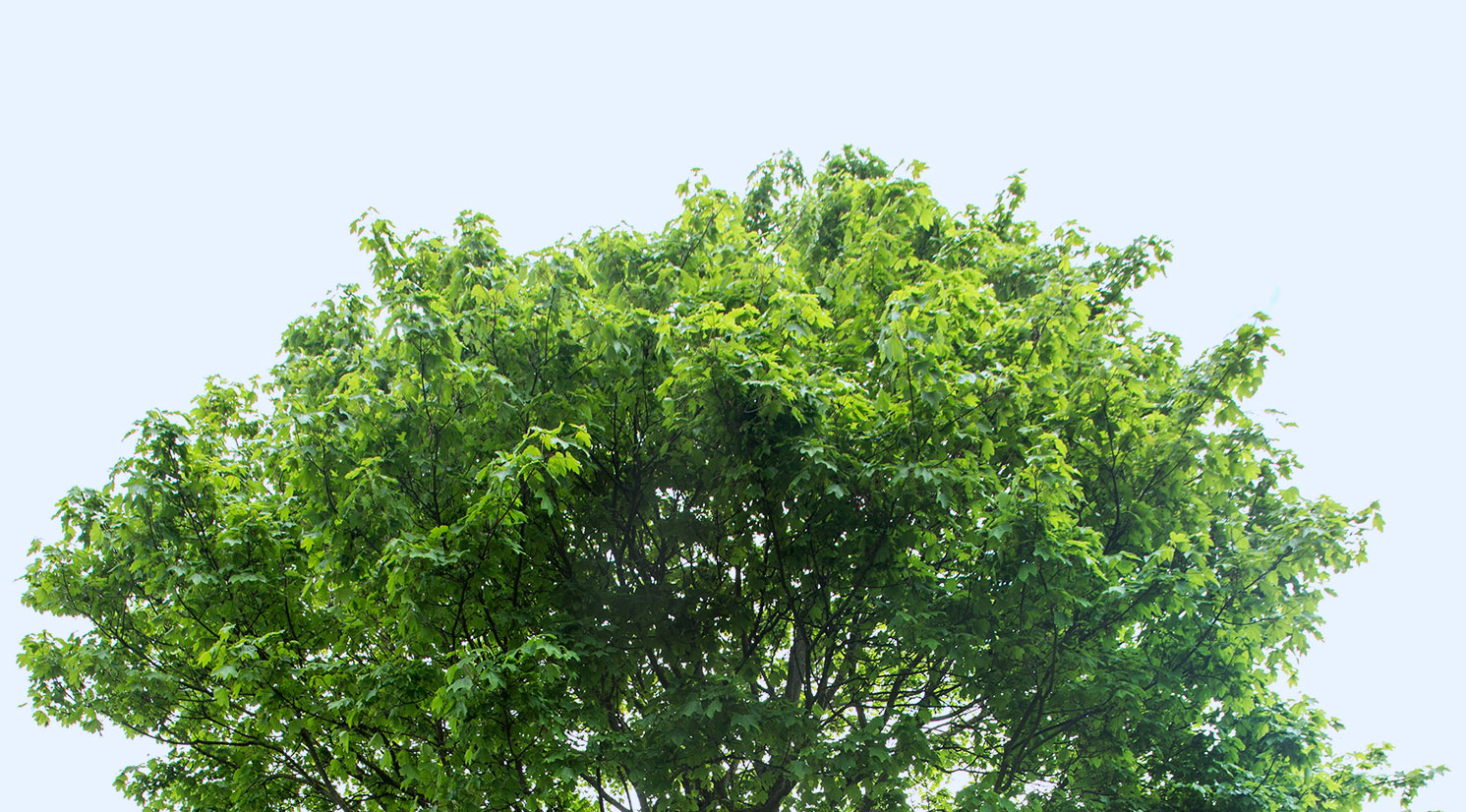Eastern bluebirds have historically faced drastic population decline due to a lack of cavities for nesting. With being obligatory cavity nesters, the loss of habitat and the introduction of invasive species has severely limited the availability of cavities for bluebirds to use. Due to this, bluebird populations had fallen to 10% of the original numbers by the mid-1900s. Starting in 1983, The Dawes Arboretum began supporting the population recovery efforts by installing 36 bluebird boxes.
These bluebird boxes allowed for data to be collected to then analyze the health and success rates of the birds nesting in these boxes. Fast forward to today, The Arboretum has over 100 boxes that are monitored throughout the breeding season by our dedicated citizen science volunteers.
Citizen science provides an opportunity for the general public to get involved in research initiatives by integrating them into the collection of scientific data. The great thing about this is, anyone can be a citizen scientist! There are no requirements other than valuing the reason that these scientific research projects exist. Thanks to the dedication and passion of citizen scientists across the country, bluebird populations have increased more than three-fold and they are now considered a species of low conservation concern!
During our 2023 Bluebird Monitoring season, we had over 500 native birds (200 being bluebirds) fledge from our boxes. These boxes were monitored by 28 dedicated volunteers who totaled 190 volunteer hours in completing this nesting season. For more information on how to get involved, please check out our volunteer page.


